Solar power development requires a huge area of land, much of which is reclaimed from agricultural land, affecting the livelihoods of local people and increasing costs and implementation time for investors. But in the Mekong Delta, startups are writing amazing stories.
Under the "canopies" of solar panels are methods of combining cultivation, animal husbandry or aquaculture... to high-tech agricultural models that are called "green above, clean below" by entrepreneurs in this region, becoming breakthrough solutions for the future, with the aspiration of sustainable green transformation.
Start-up
In mid-April, we visited the black termite mushroom and medicinal mushroom farm Nuong Farm of Ms. Chau Thi Nuong - Director of Ta Danh Agricultural Cooperative (Ta Danh commune, Tinh Bien district, An Giang province), which is a bright spot in the agricultural model combined with solar energy. Instead of facing high electricity costs during the mushroom growing process, Ms. Nuong boldly invested in a solar panel system on the roof of the mushroom growing house.
Talking about her entrepreneurial journey with Vietnamese Enterprises , Ms. Nuong said that during the COVID-19 pandemic, she realized that the demand for clean food and products with high medicinal properties in the community was increasing. Meanwhile, mushrooms are not only food but also a valuable medicinal material, helping to improve health and prevent diseases.
Ms. Chau Thi Nuong - Director of Ta Danh Agricultural Cooperative, tells her startup story .
“In 2019, after researching information online about combining mushroom cultivation with a solar energy system to create a new and effective agricultural model. I decided to move from my hometown in Ta Danh commune, Tri Ton district to Thoi Son ward, Tinh Bien town to buy land, establish Nuong Farm on an area of 3 hectares and invest nearly 45 billion VND to build a 5MW solar power system,” Ms. Nuong shared.
According to Ms. Nuong, from the spawn production stage, she invested in a modern machinery system: specialized steam oven, air-conditioned room to control temperature, cold room system for mushroom spawn cultivation. Each stage is strictly controlled, from maintaining humidity and temperature suitable for mycelium growth, to the careful care process, using clean water, no chemicals.
At this time, Ms. Nuong's model is considered successful when solar panels not only provide electricity but also create shade, helping to reduce the heat in the mushroom growing area, helping to increase productivity by 30-40%, and significantly reduce electricity costs. Each month, her facility sells 2-3 tons of various mushrooms to the An Giang and Ho Chi Minh City markets. With the price of lingzhi mushrooms ranging from 1.5-2 million VND/kg, termite mushrooms from 200-250 thousand VND/kg, she earns more than 800 million VND.
“In addition to the income from mushrooms, each MW of installed capacity brings my farm about 300 million VND in monthly revenue from selling electricity to An Giang Electricity Company (thanks to the electricity purchase policy according to Decision 13/2020 of the Government with a purchase price equivalent to 1,900 VND/kWh). At the same time, it creates stable jobs for more than 30 local workers with an income of 250-300 thousand VND per day,” Ms. Nuong revealed.
Businesswoman Chau Thi Nuong introduced to reporters mushroom products produced according to the "green above, clean below" model.
Along with Nuong Farm, the startup story of Ms. Vo Thi Hong Thoai - owner of Thien Phu fish sauce company (Long Dien Tay commune, Dong Hai district, Bac Lieu province) has one thing in common: using solar energy. With 48 fermentation tanks, each containing 50 tons of anchovies, and a total investment of 7 billion VND, she began her journey of making traditional fish sauce.
Then, from the initial difficulties such as: the power source from the national grid is unstable, when there is a problem it will affect the production process, and the electricity cost is too high, causing the product price to increase, making it difficult to compete, Ms. Thoai has been motivated to find an alternative solution. In 2020, she decided to cooperate with a business that is investing in solar power with a capacity of 7MW, installed on an area of 3,600m2 in Bac Lieu.
Since using this power source, the facility's electricity costs have decreased by 50%, and the power source is always stable, with no more sudden power outages. Thien Phu fish sauce company also creates jobs for about 45 workers, with an income of 5-10 million VND/month.
The startup stories of Ms. Nuong and Ms. Thoai are not only personal successes but also demonstrate the effectiveness of combining clean energy and agricultural production.
Effective
Commenting on the agricultural production model combined with solar power, Associate Professor Dr. Le Anh Tuan, advisor to the Institute of Climate Change Research, Can Tho University, said that in recent years, many farmers in the Mekong Delta have used solar power through the installation of solar panels for irrigation, aquaculture, vegetable growing, drying and processing of agricultural products.
“Investing in solar energy in production brings benefits to farmers such as helping to reduce energy costs, automate some stages, increase the value of agricultural products, obtain green certificates when exporting, and at the same time contribute to reducing greenhouse gas emissions, protecting the environment by reducing dependence on electricity sources generated from fossil fuels such as coal and diesel,” Associate Professor, Dr. Le Anh Tuan emphasized.
According to the research report "Current status and potential for agricultural solar power development in Vietnam", published by the Institute for Agricultural Market and Institutions (AMI) in collaboration with the Institute for Agricultural Environment (IAE) last February, developing renewable energy, especially solar power, is one of Vietnam's important policies and has been widely implemented recently, contributing to the country's green transformation process.
Solar panels not only provide electricity but also create shade, helping to reduce heat in the farming and livestock areas below.
Many agricultural production projects combined with solar power have been developed in Vietnam (including concentrated solar power projects or rooftop solar power projects) with combination methods including: solar power combined with cultivation (growing mushrooms, growing ginseng, etc.); solar power combined with livestock (raising chickens, raising ducks, raising pigs, etc.); solar power combined with aquaculture.
In addition, the model of combining agricultural solar power installed on the roofs of industrial livestock farms is popular throughout the country. Solar panels on the roof help reduce the temperature of the barn during the day (about 1-3 degrees Celsius) and maintain the temperature at night, helping livestock grow better, consuming 3-4% less food; profits from livestock farming are about 2-5% higher than industrial livestock farms without solar panels on the roof...
From the research results of agricultural production models combined with solar power, Mr. Do Huy Thiep - Deputy Director of AMI, stated that the agricultural model combined with solar power opens up many potentials and development opportunities for the agricultural economy in Vietnam, contributing to the implementation of national goals of net zero emissions (NetZero).
Broadening the perspective of the model, it is like a revolution taking place in agriculture, which is the combination of clean energy and production. It is no coincidence that scientists and experts are placing high expectations on the solar power model in agriculture.
Source: https://doanhnghiepvn.vn/cong-nghe/lam-giau-tu-mo-hinh-san-xuat-nong-nghiep-ket-hop-dien-mat-troi/20250414043109075

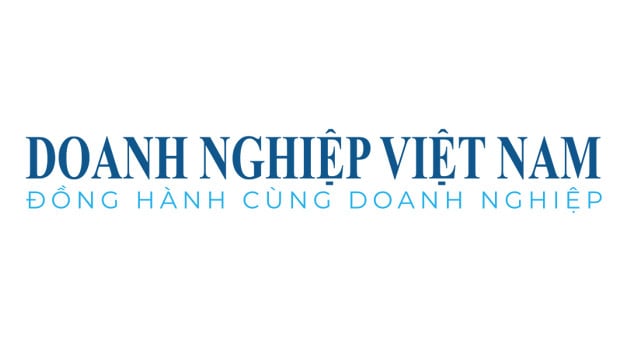
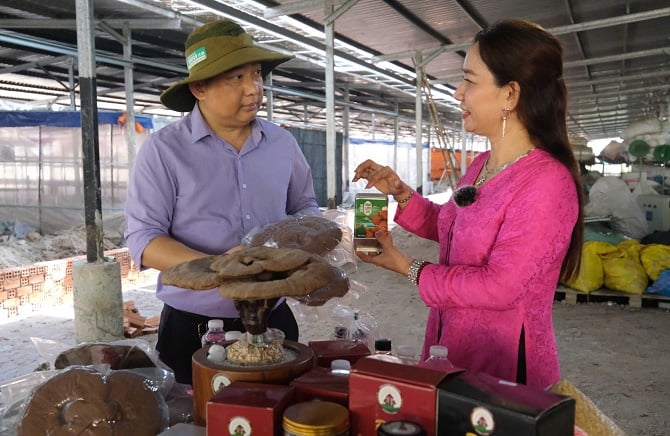
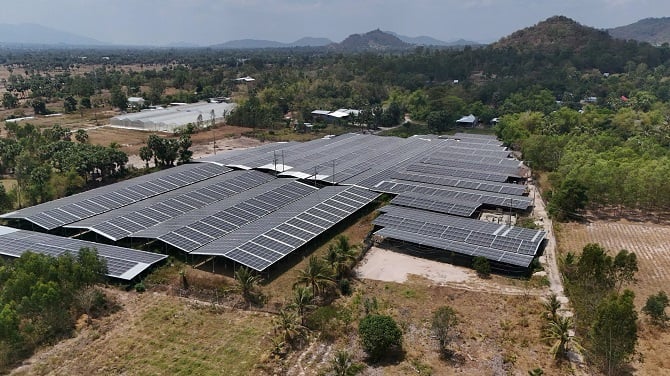

![[UPDATE] April 30th parade rehearsal on Le Duan street in front of Independence Palace](https://vstatic.vietnam.vn/vietnam/resource/IMAGE/2025/4/18/8f2604c6bc5648d4b918bd6867d08396)


![[Photo] Prime Minister Pham Minh Chinh receives Mr. Jefferey Perlman, CEO of Warburg Pincus Group (USA)](https://vstatic.vietnam.vn/vietnam/resource/IMAGE/2025/4/18/c37781eeb50342f09d8fe6841db2426c)

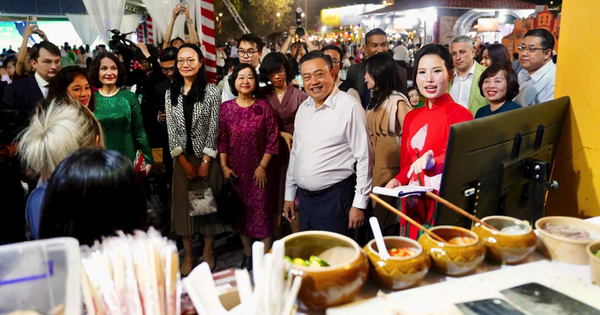
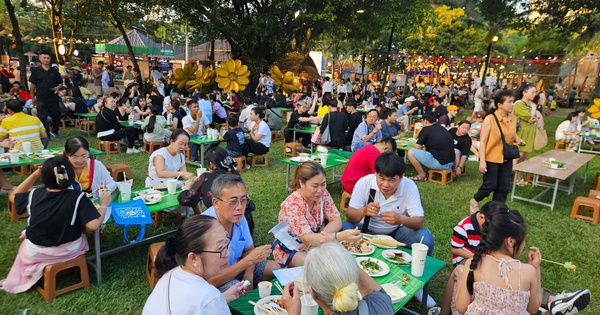
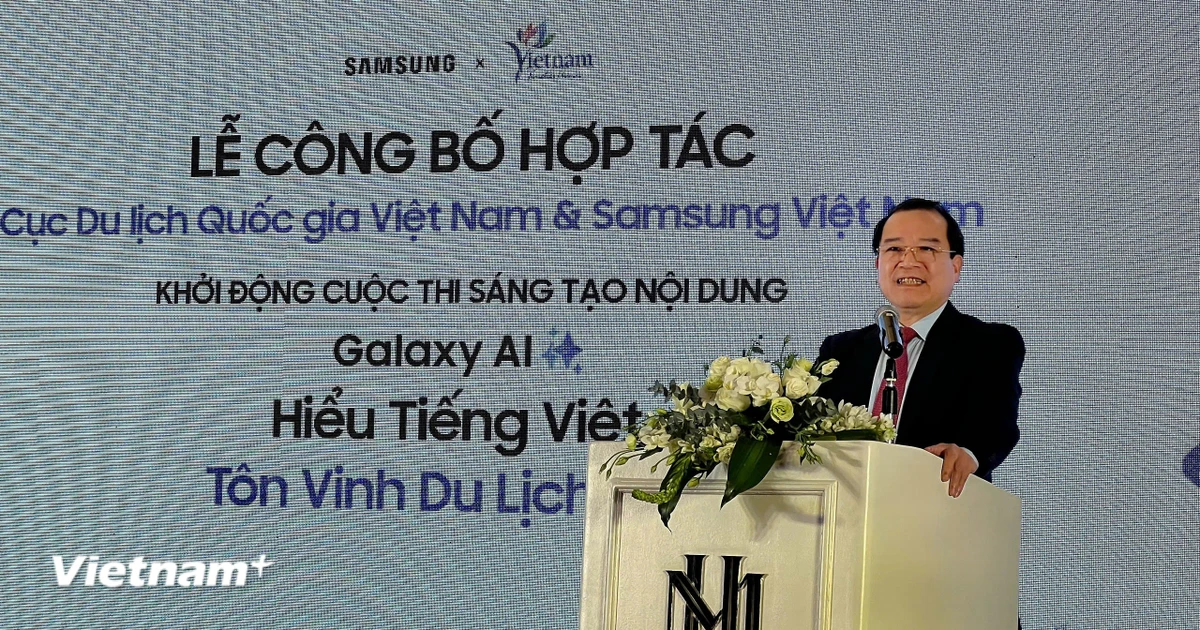
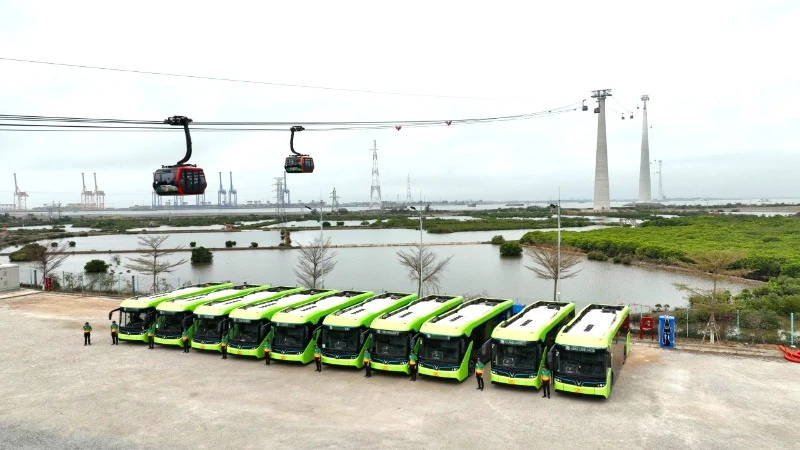
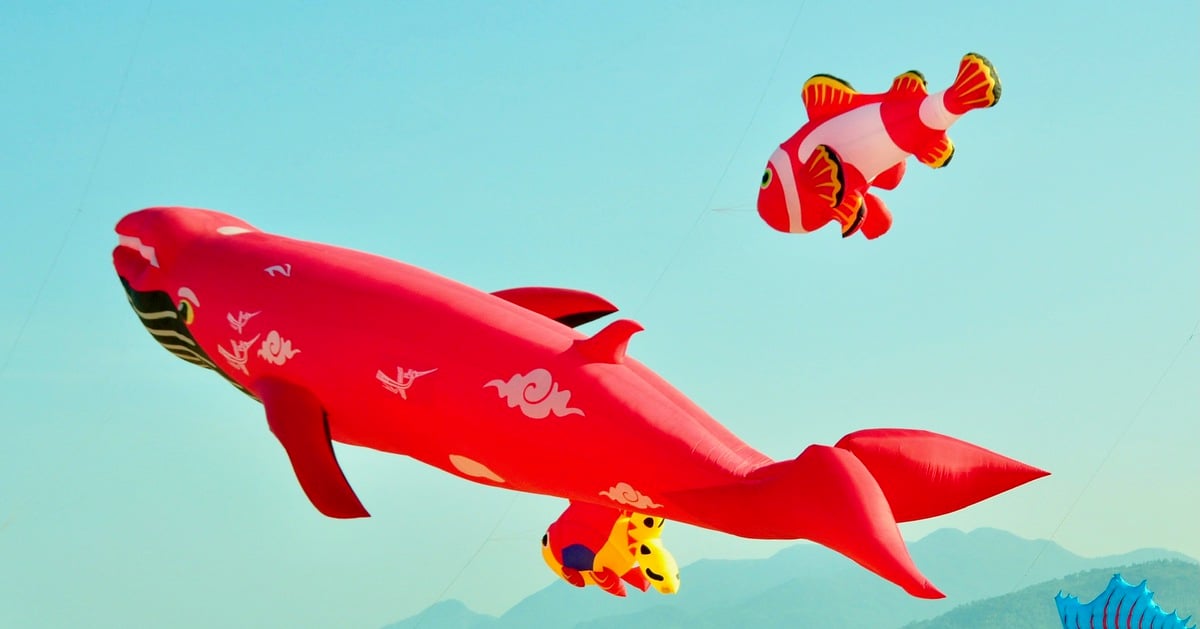
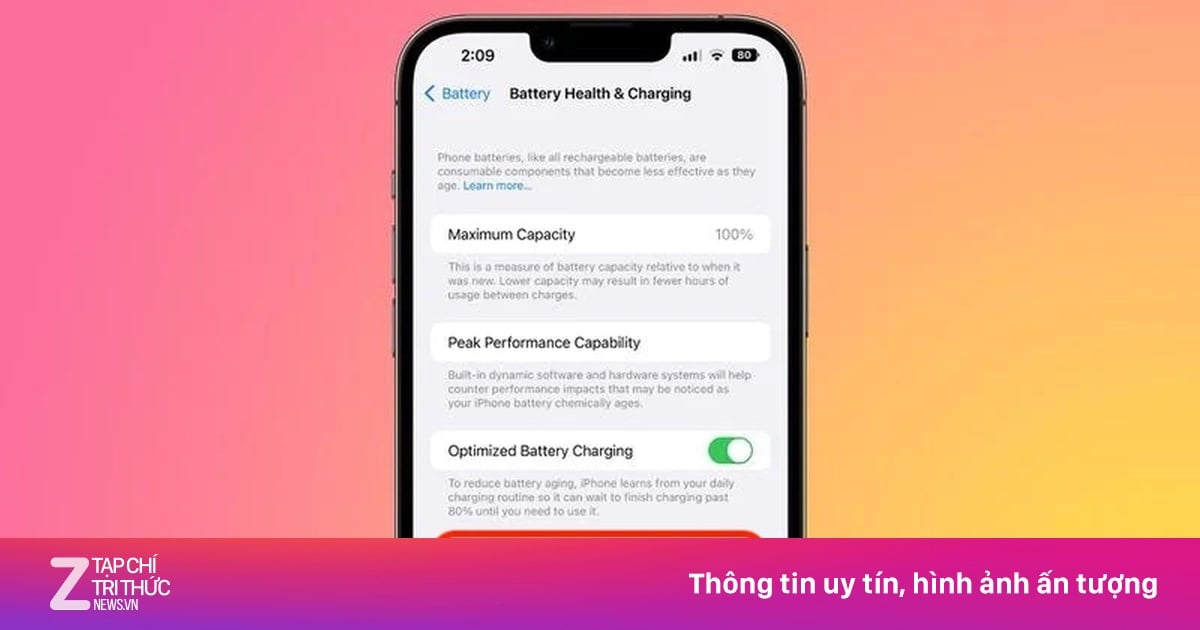




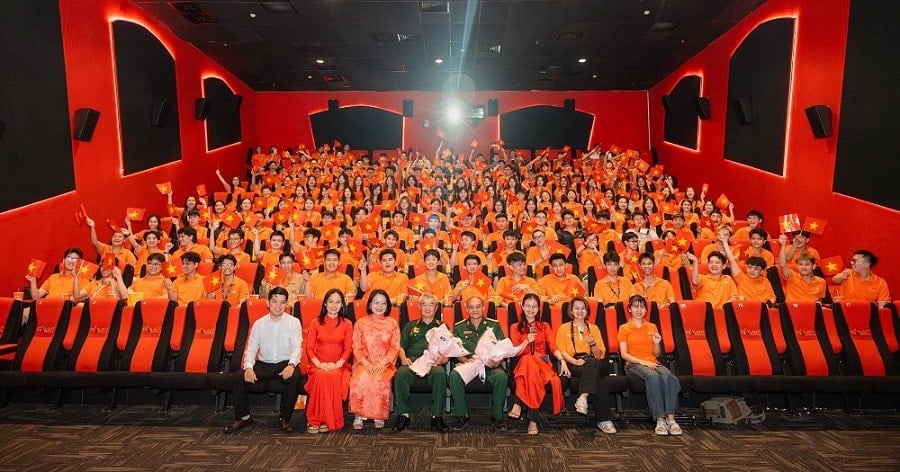



























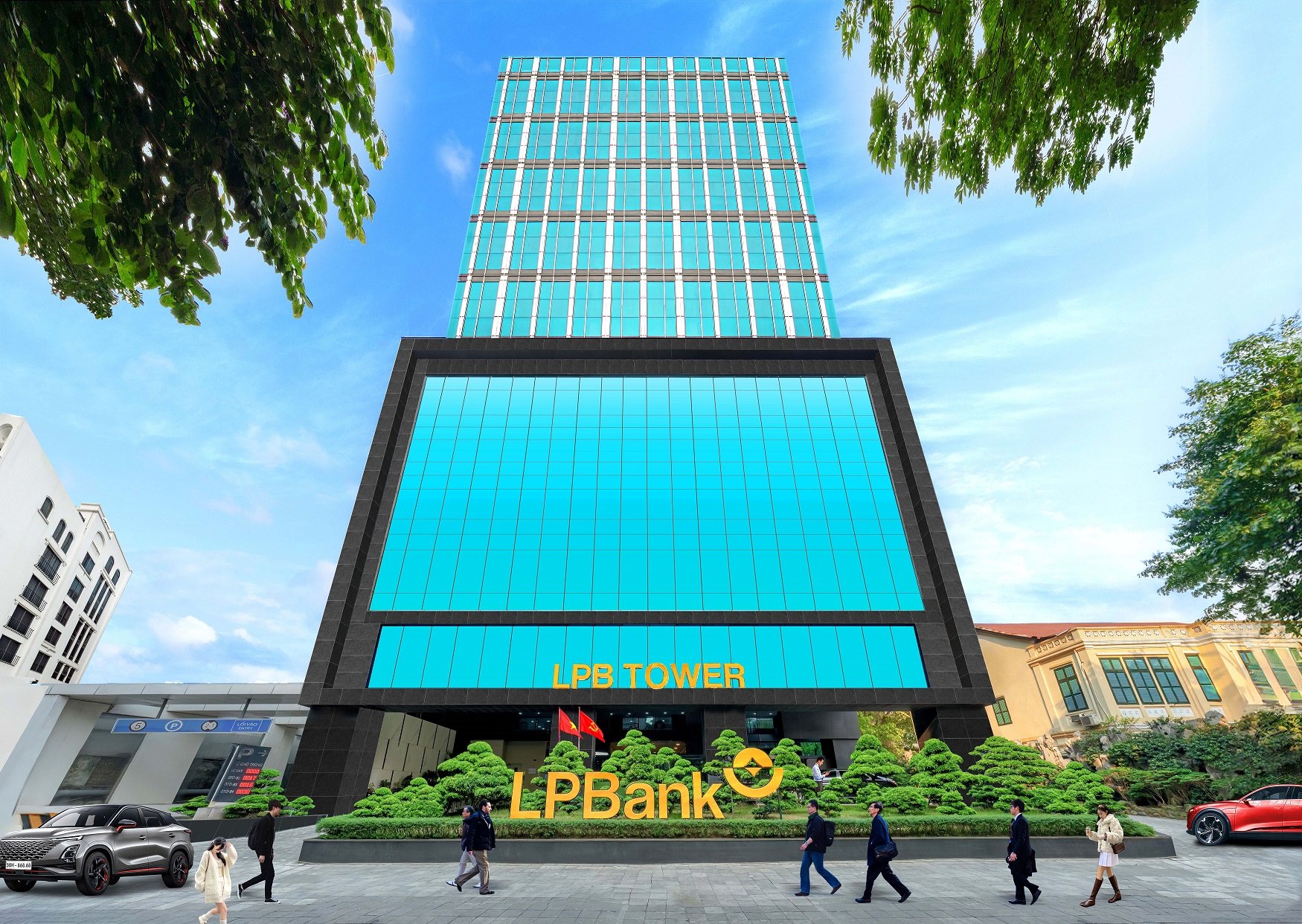








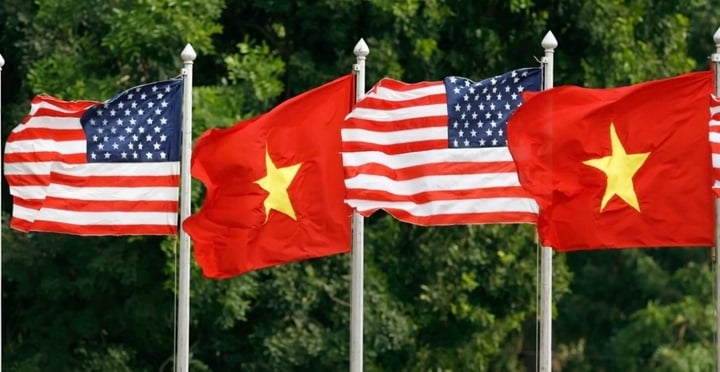

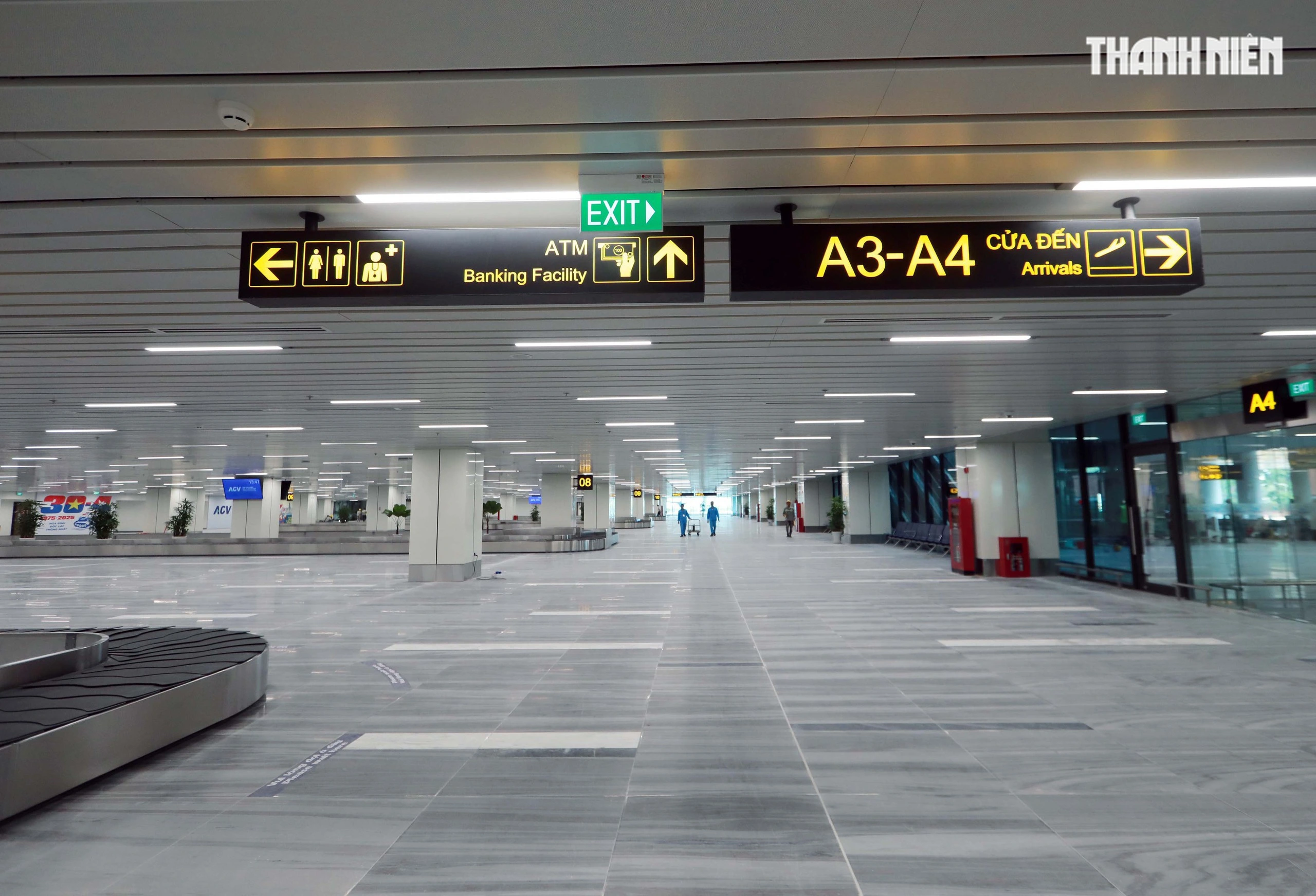
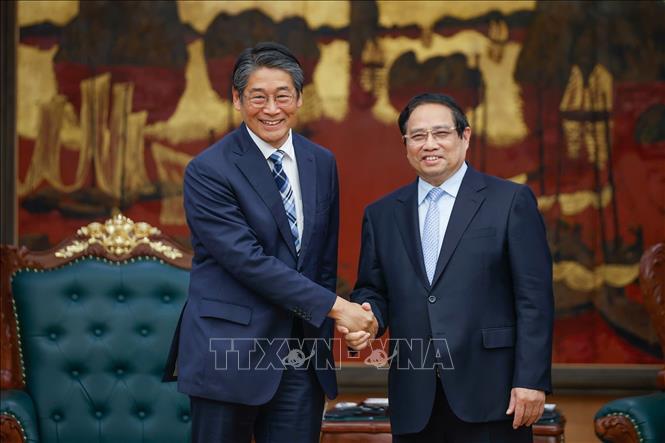



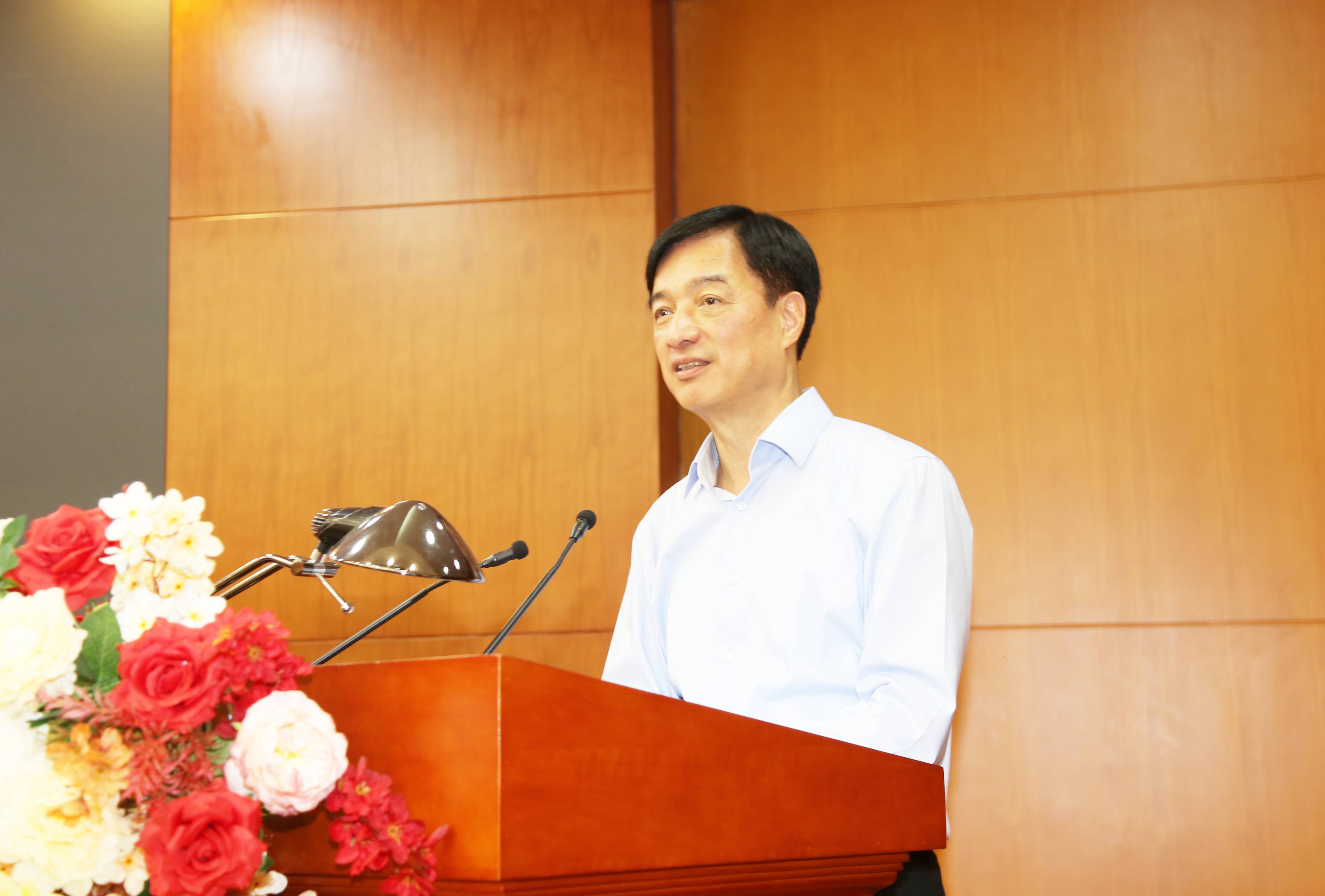





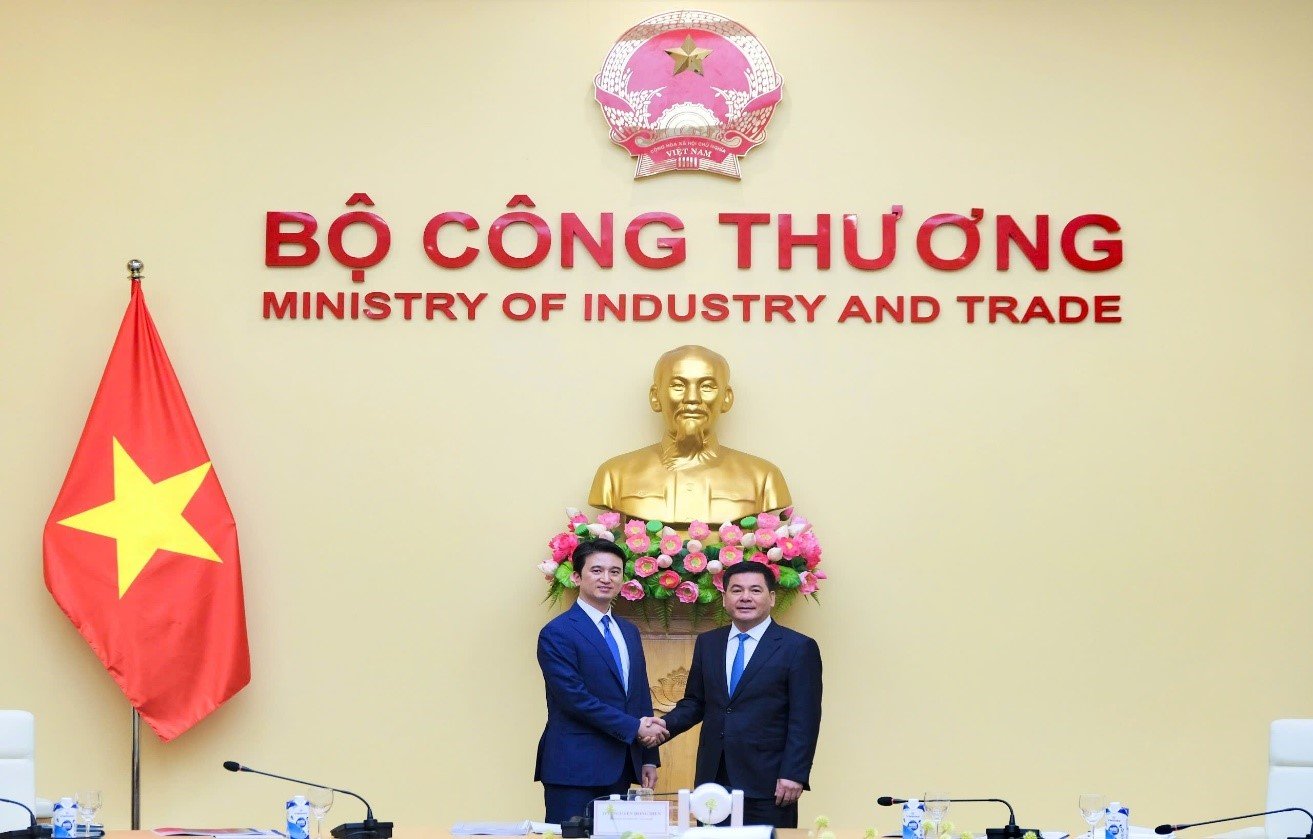

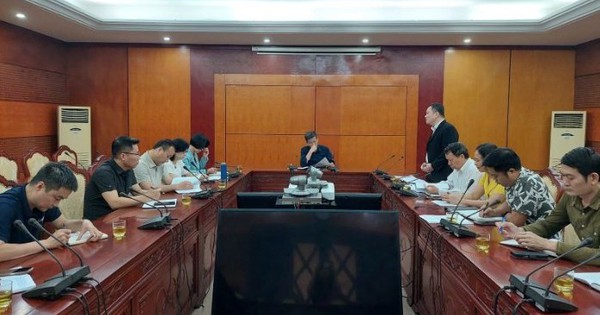
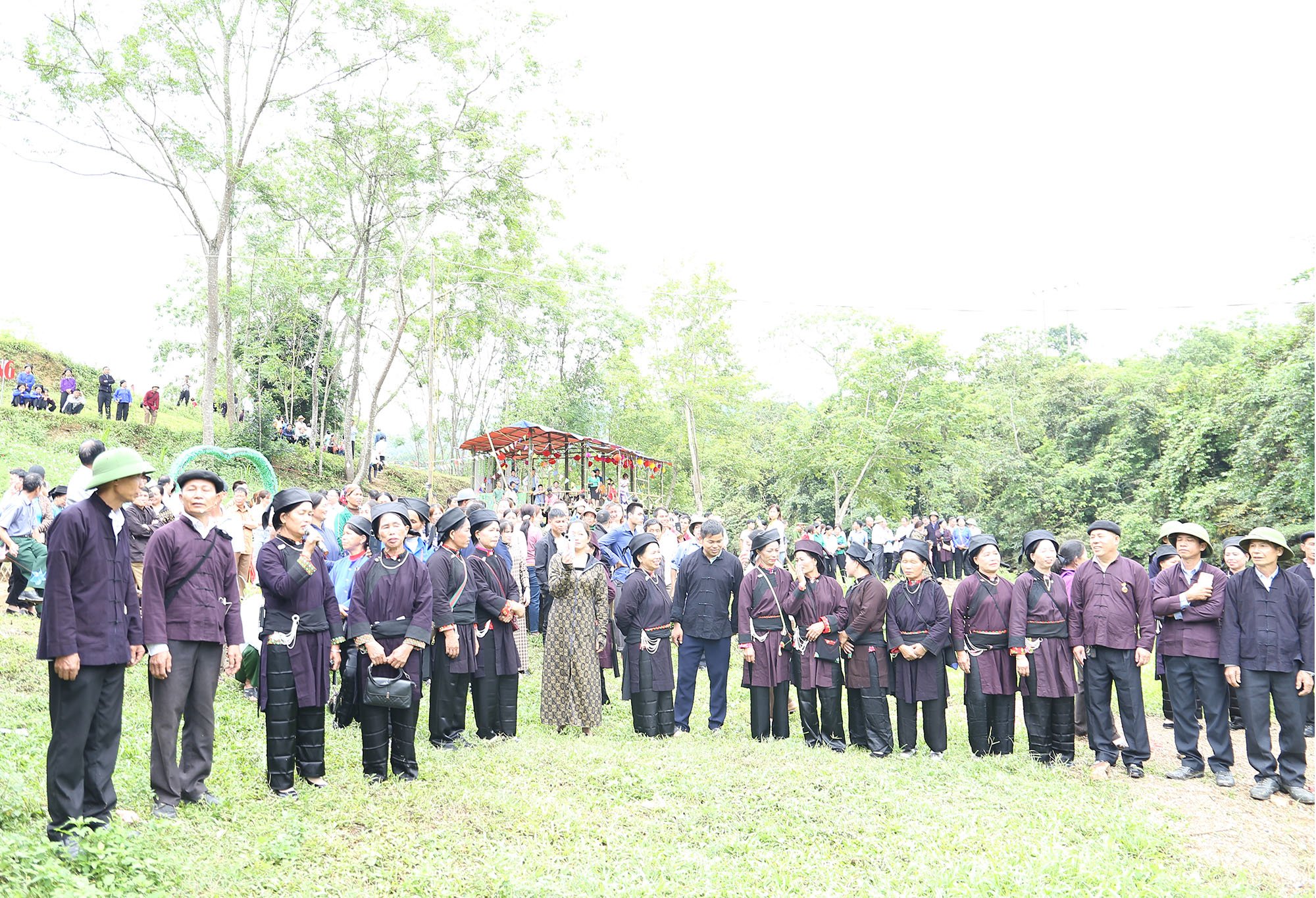
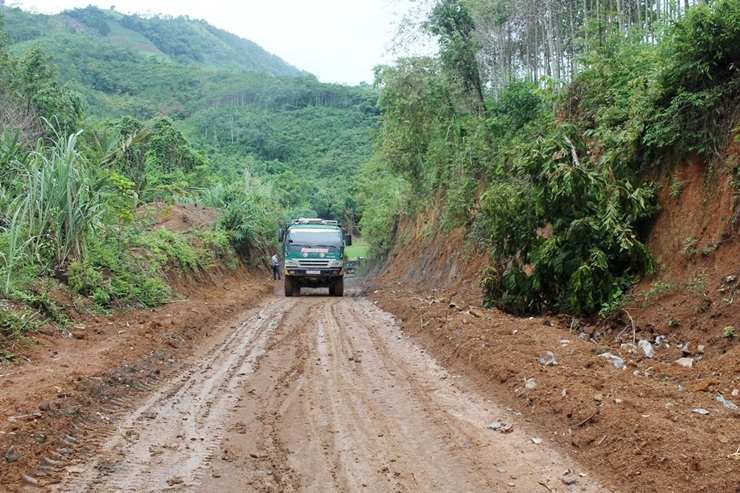
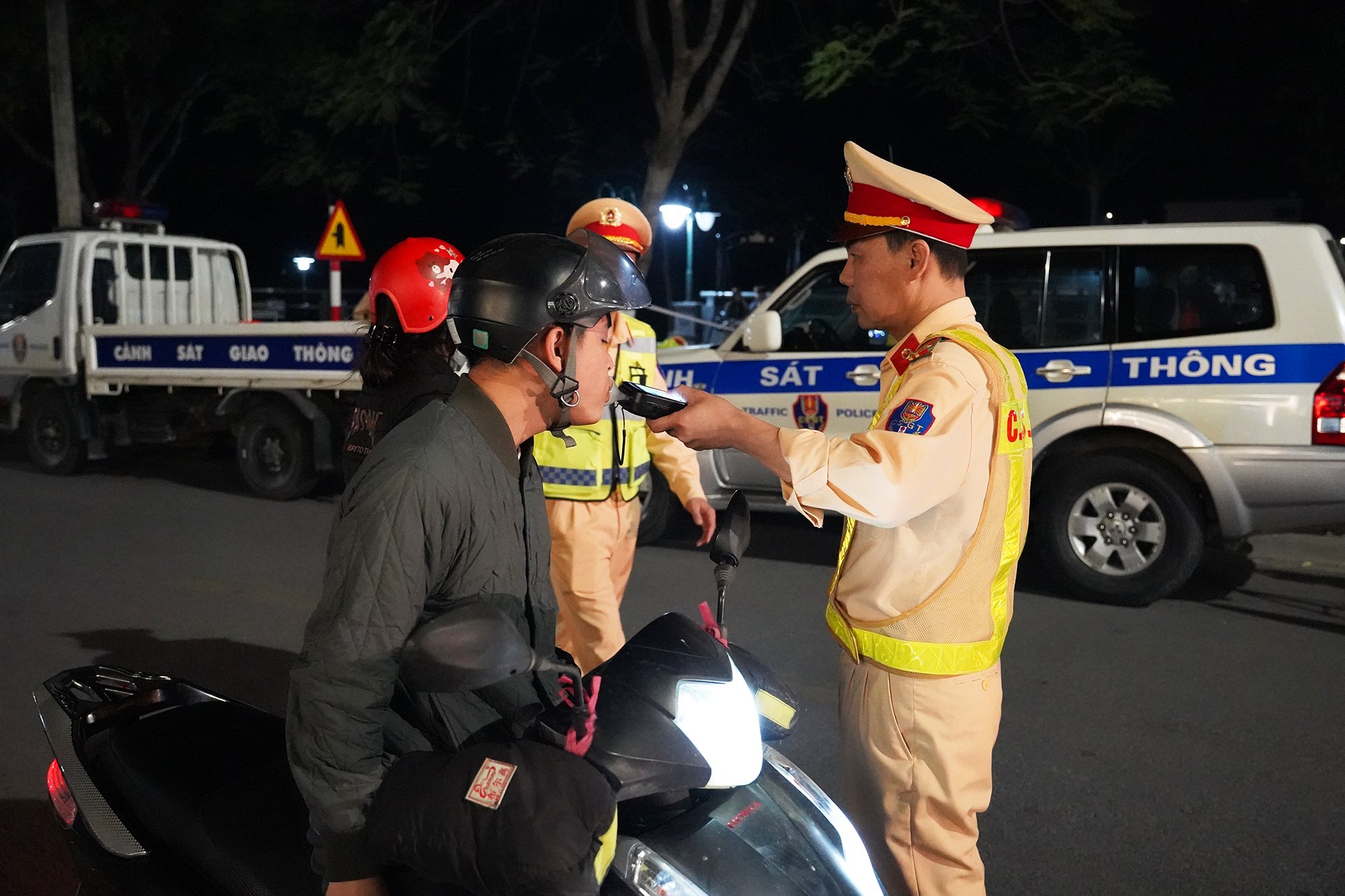
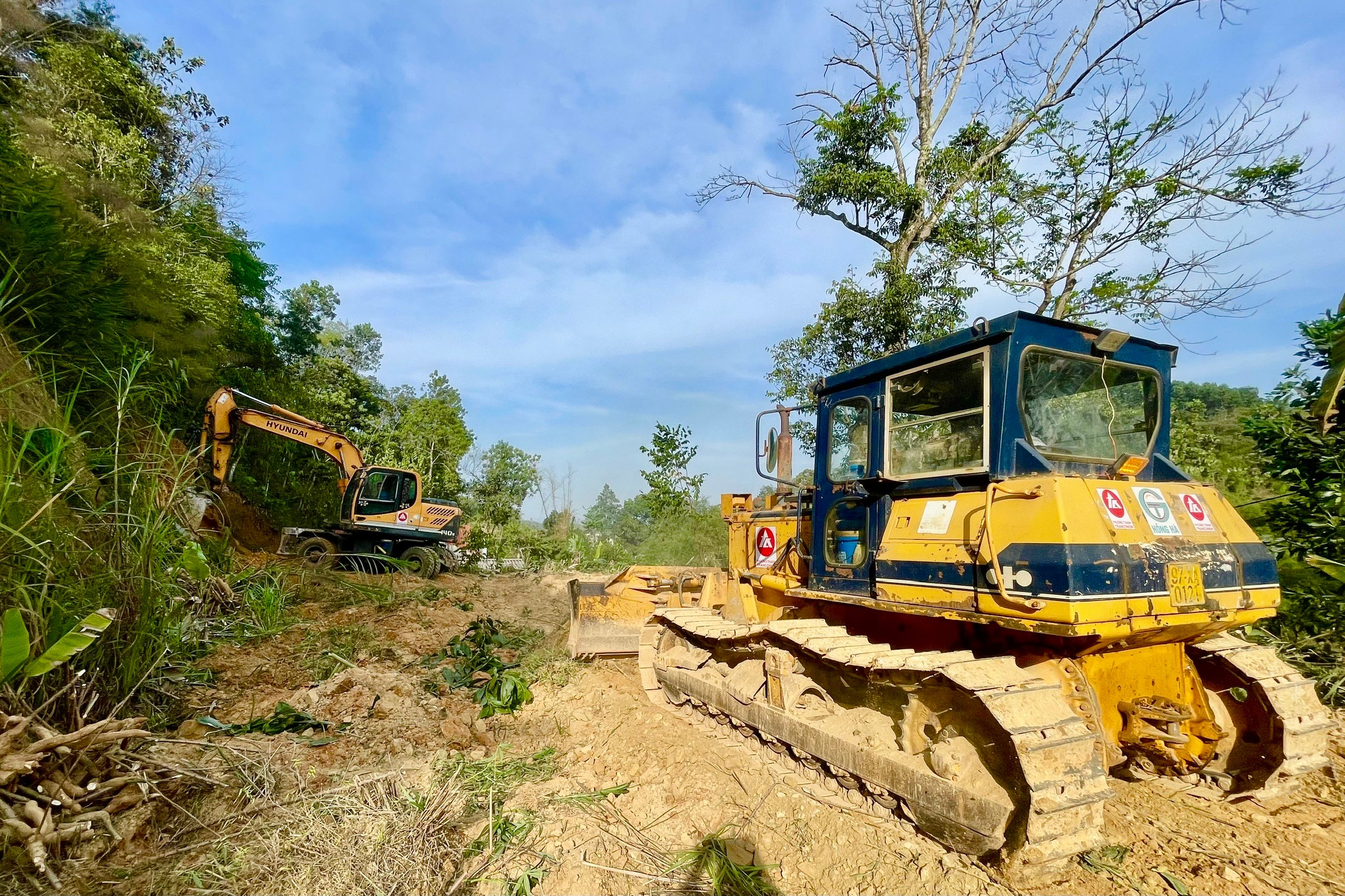
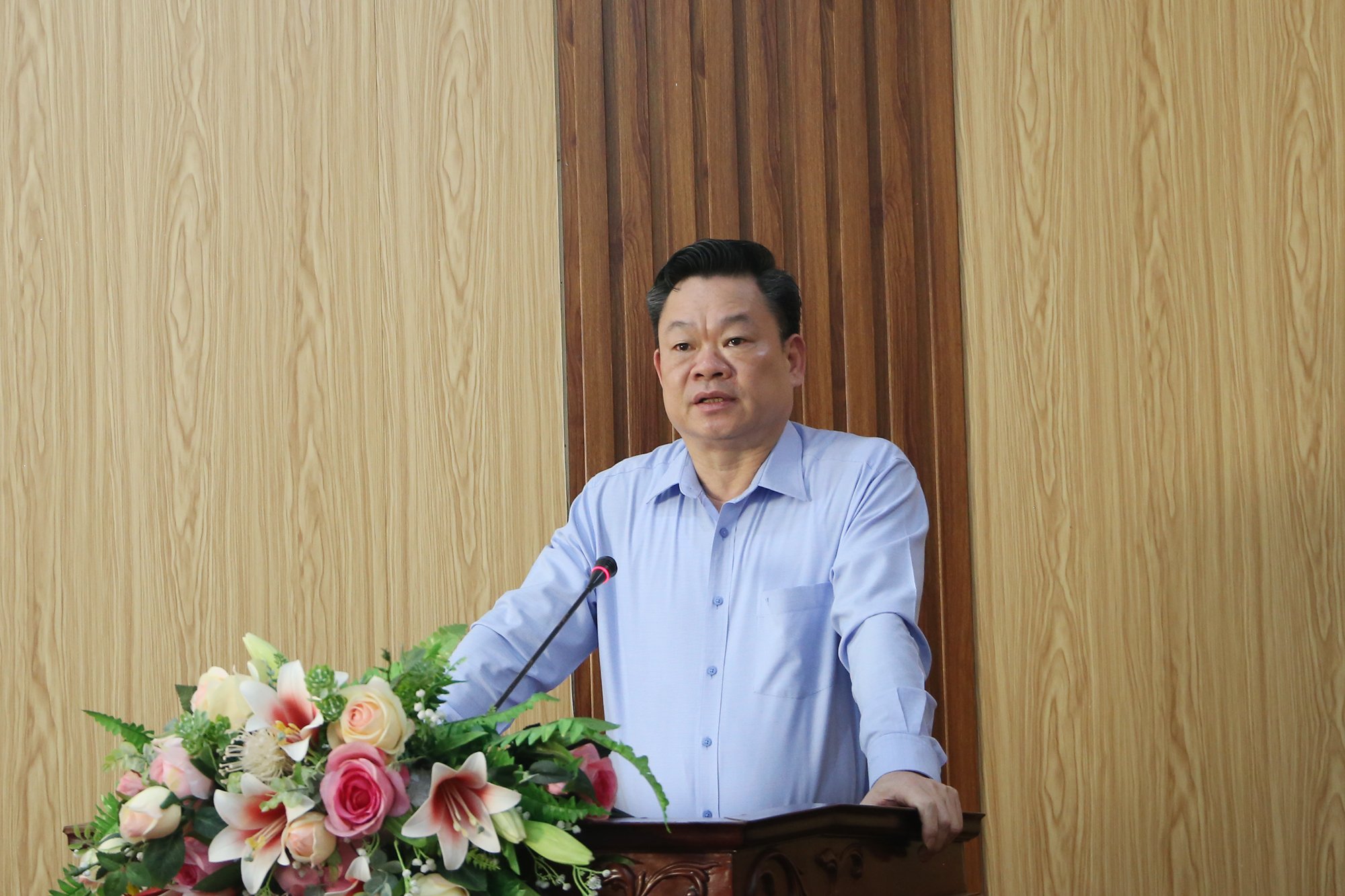












Comment (0)